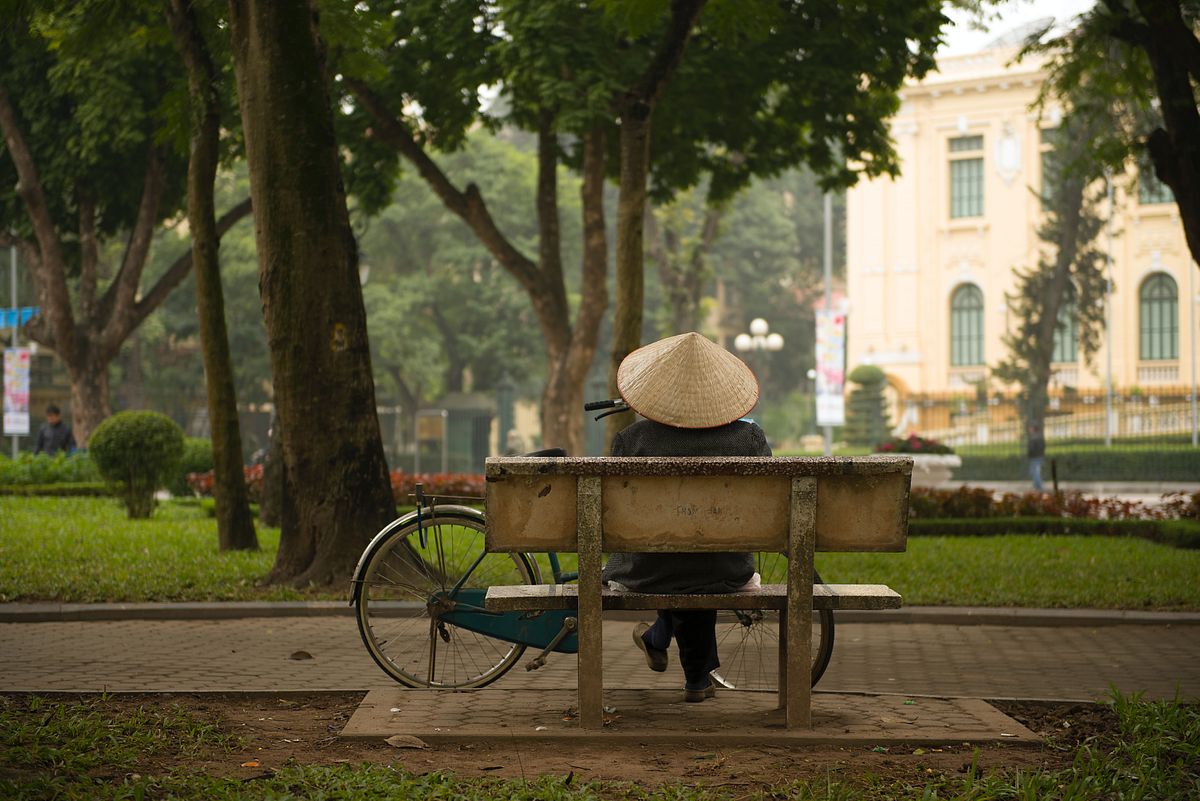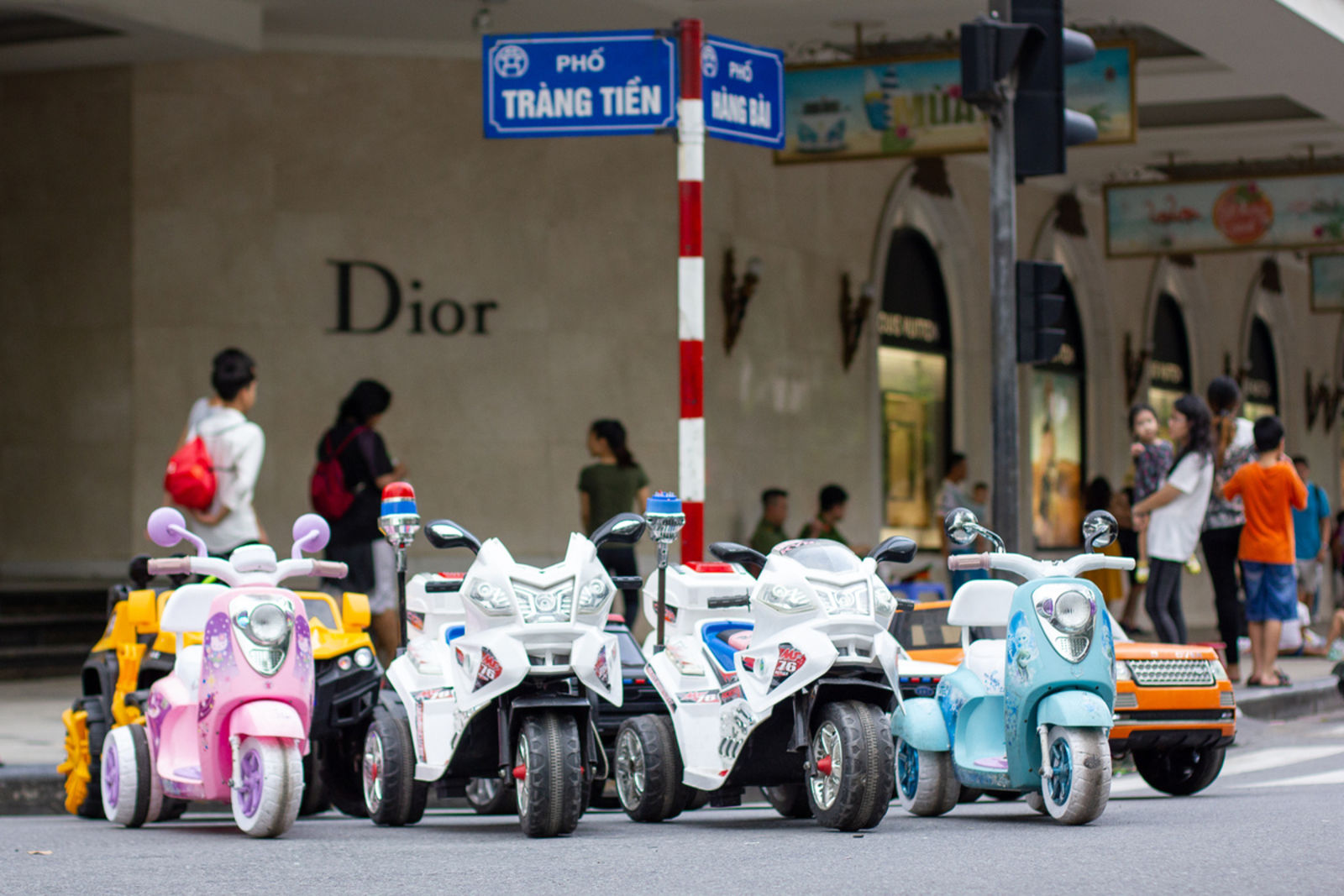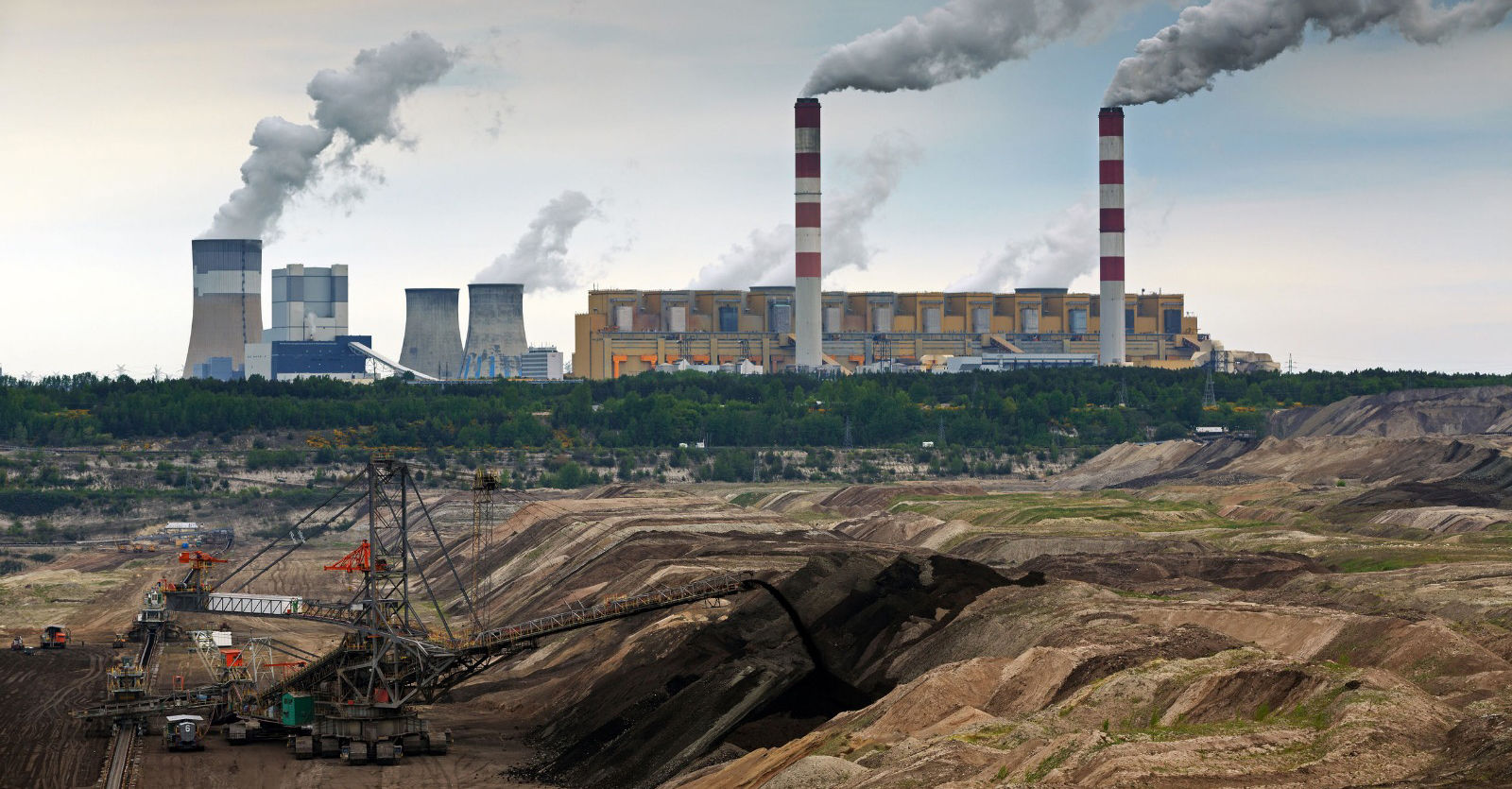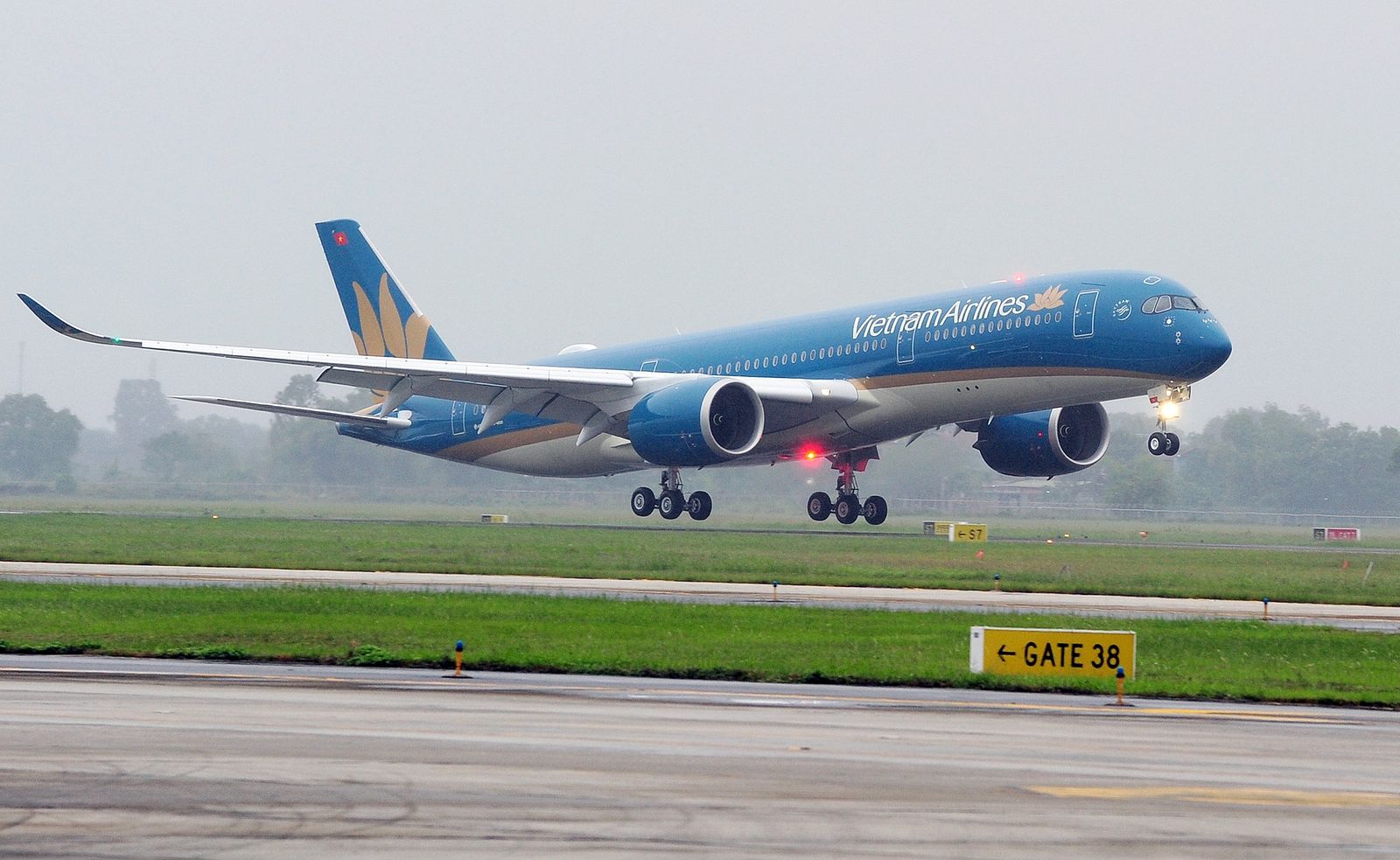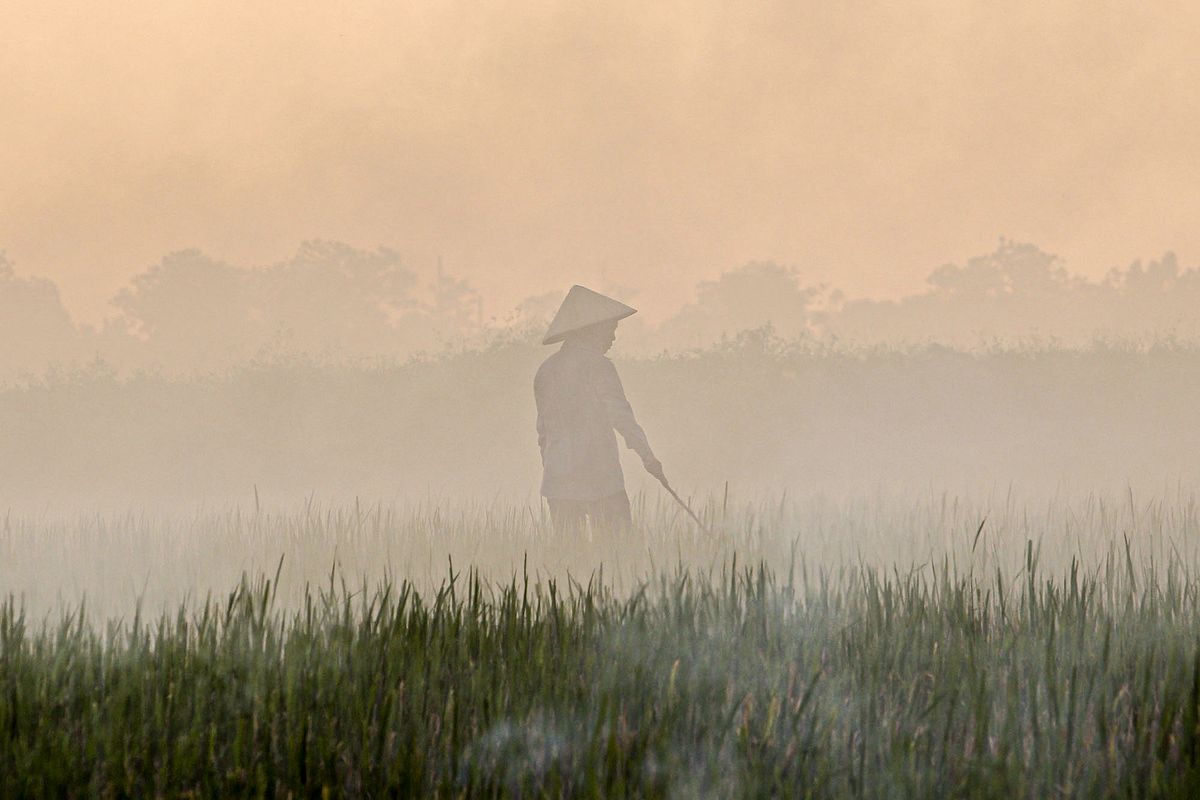While many northern provinces scored poorly, Hanoi took the distinction of having the highest average PM2.5 concentration for 2020.
Researchers from the University of Engineering and Technology under the Vietnam National University in Hanoi announced at a press conference on Wednesday the results of the first nationwide study using a machine-learning statistical model combined with satellite images that can evaluate air quality even in places without conventional air monitoring stations.
Hanoi surpassed the national standard for yearly average PM2.5 concentration of 25 μg per m3 in both 2019 and 2020. The PM2.5 concentration ranged between 31.5 and 32.9 μg per m3 in the capital city, with the highest concentration detected in Hai Ba Trung District, and the lowest in Ha Dong District. Hanoi was one of 10 localities to exceed the standards. All 10 were located in the northern region of the country.
PM2.5 refers to small airborne particles or droplets that are two and one-half microns or less in width and can cause short and long-term health problems including asthma and other respiratory ailments, heart disease, and premature death.
The report claims that PM2.5 numbers actually improved slightly in the last year thanks to decreased industrial and transportation activity. “The improved air pollution nationwide in 2020 was due in part to the social distancing due to the COVID-19 pandemic,” said Associate Professor and Doctor Nguyễn Thị Nhật Thanh, the report's author.
Overall, 40% of the PM2.5 numbers nationwide were attributed to agricultural activities, 17% to cooking, 13% to transport, 12.7% to forest fires, 11% percent to industry, and 3.3% to thermal power. Hanoi had a larger percent of fine particulate pollution caused by industrial and craft villages (48.3%) and transportation (21.3%). In contrast, Saigon's greatest source of PM2.5 was transportation (58.2%).
Authorities say the numbers will help them better identify areas with high pollution that need to be addressed through new policies. They also stressed the need to improve air-monitoring efforts to better understand the situation.
According to the World Health Organization (WHO), 60,000 Vietnamese die every year due to air pollution.
[Photo by Lukasz Saczek via Unsplash]

